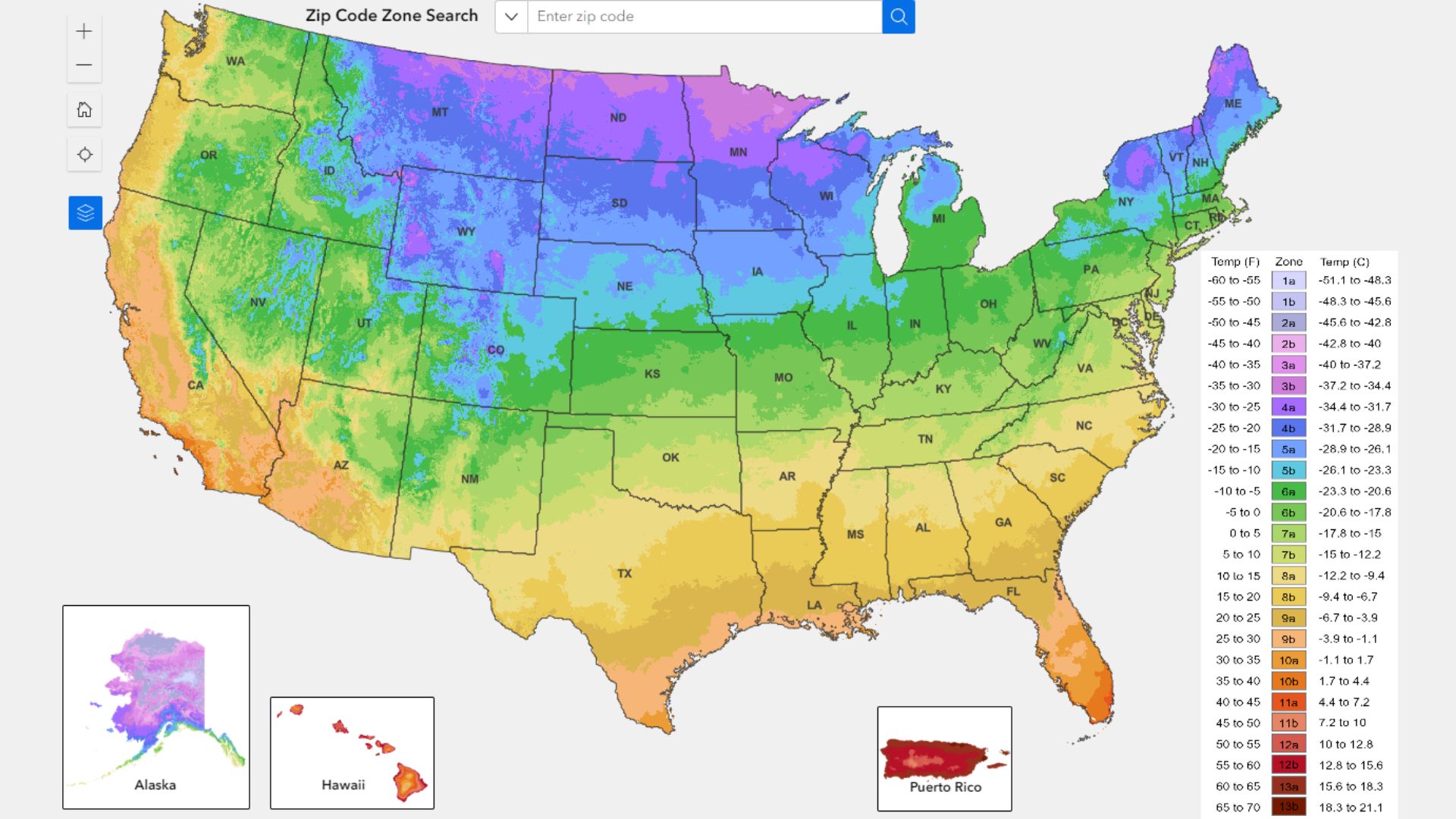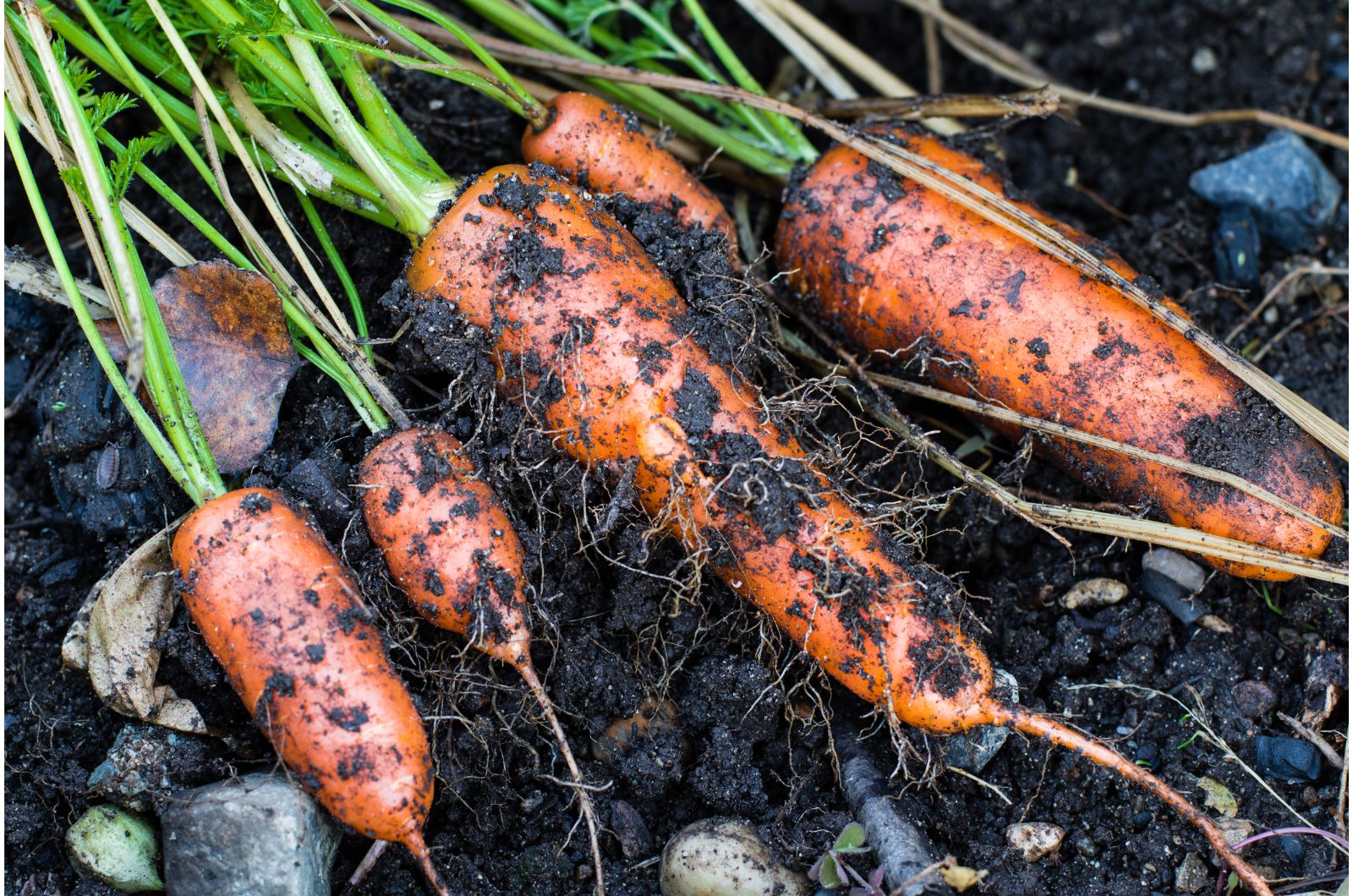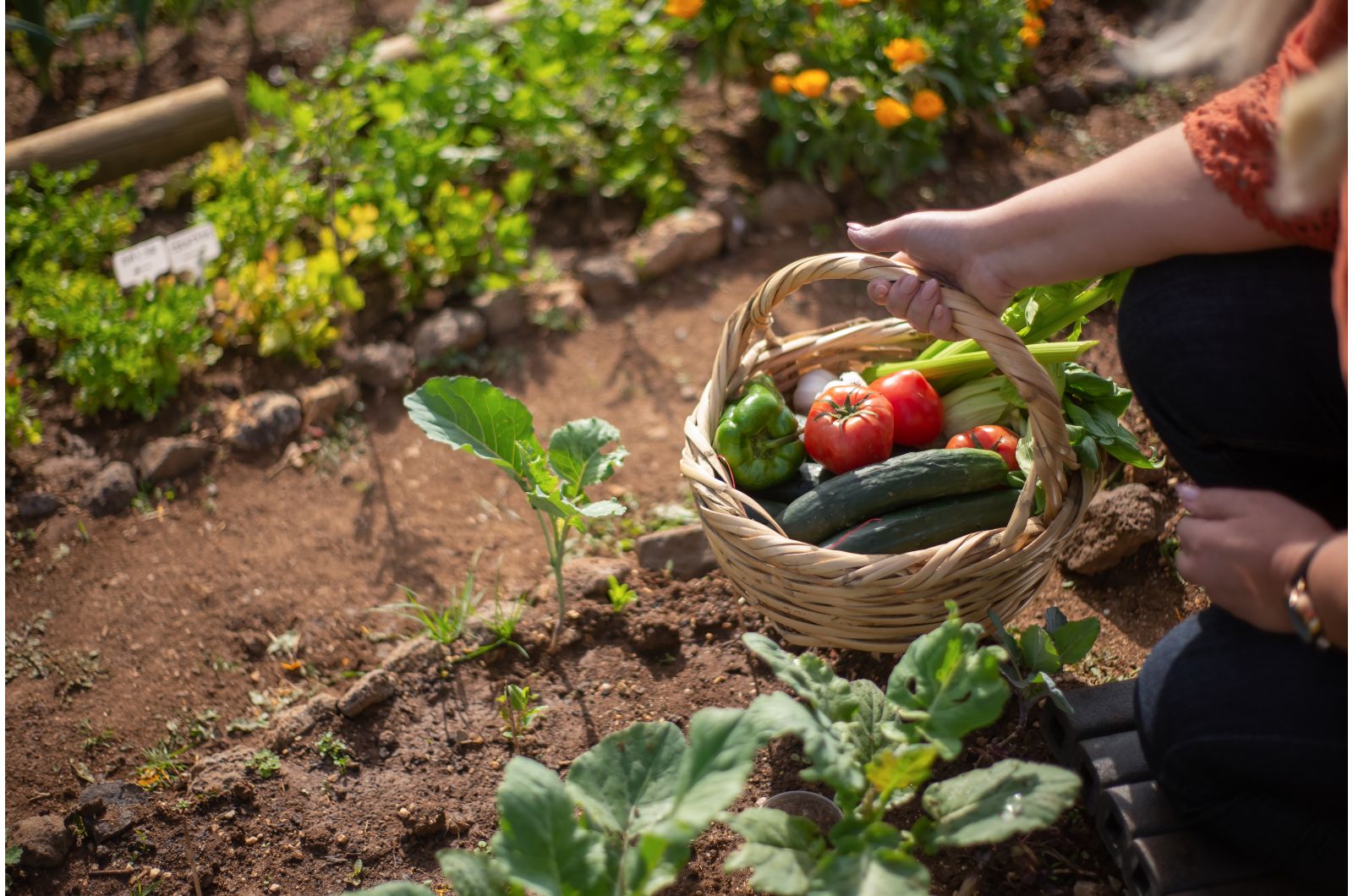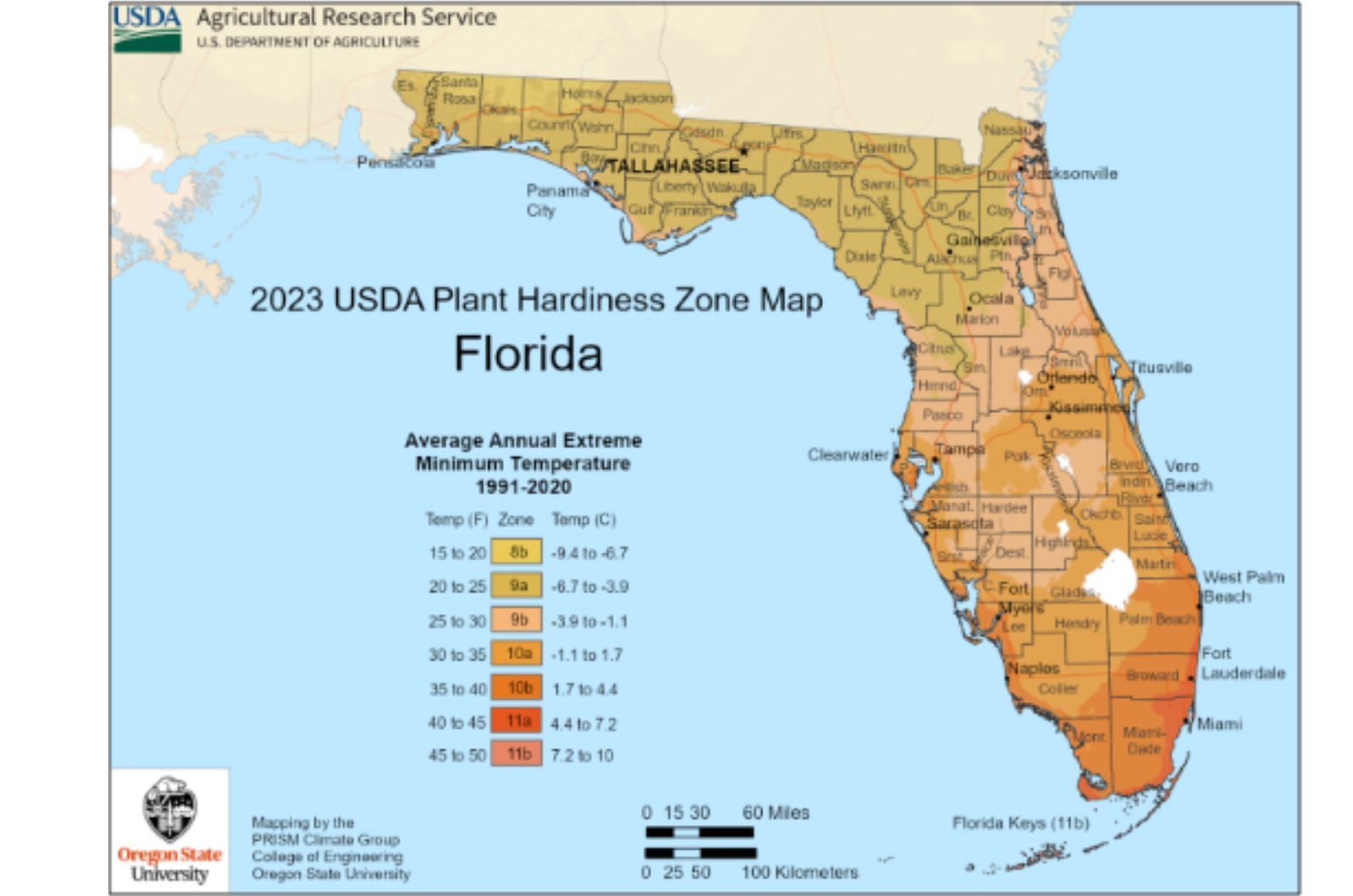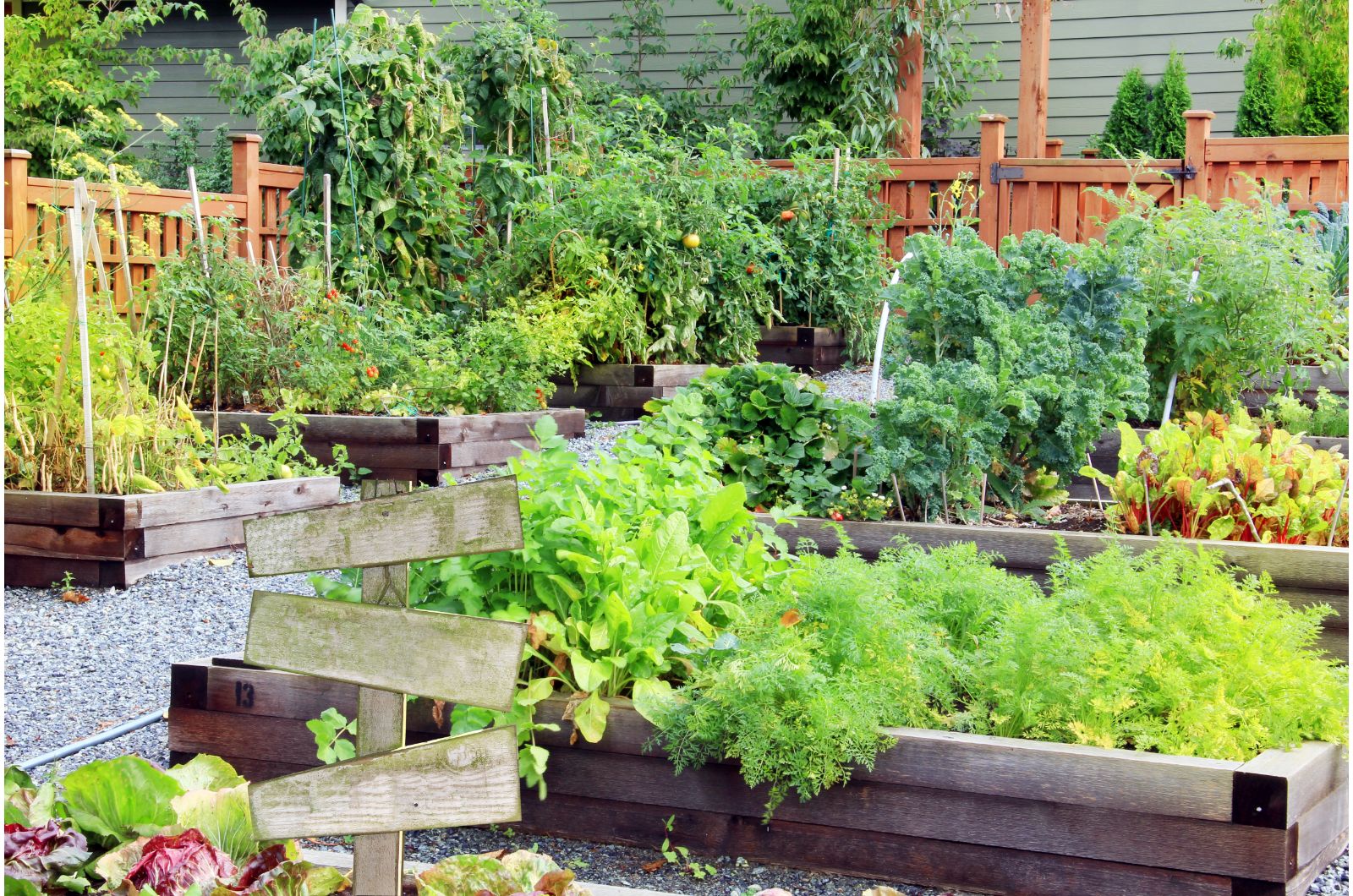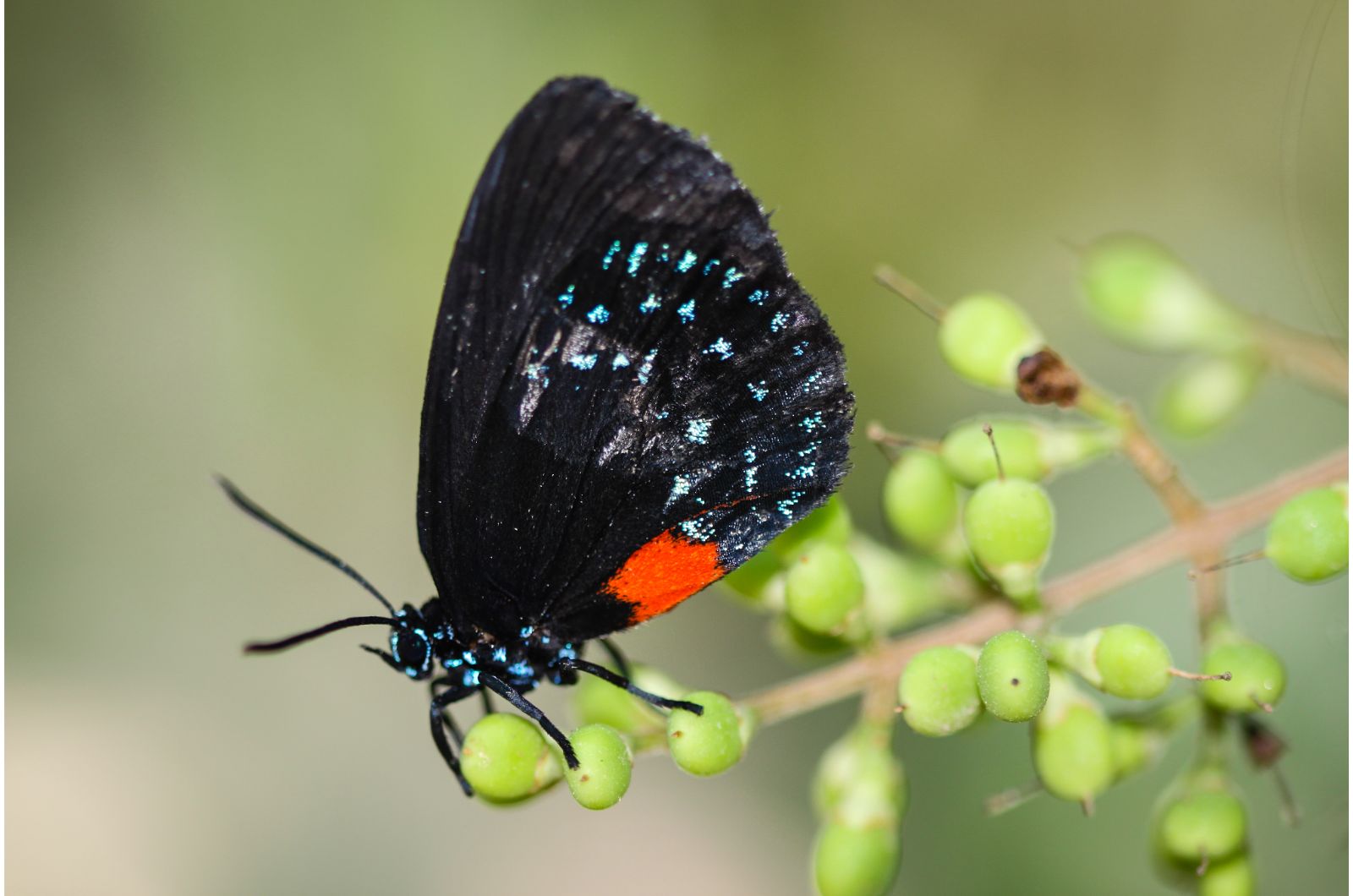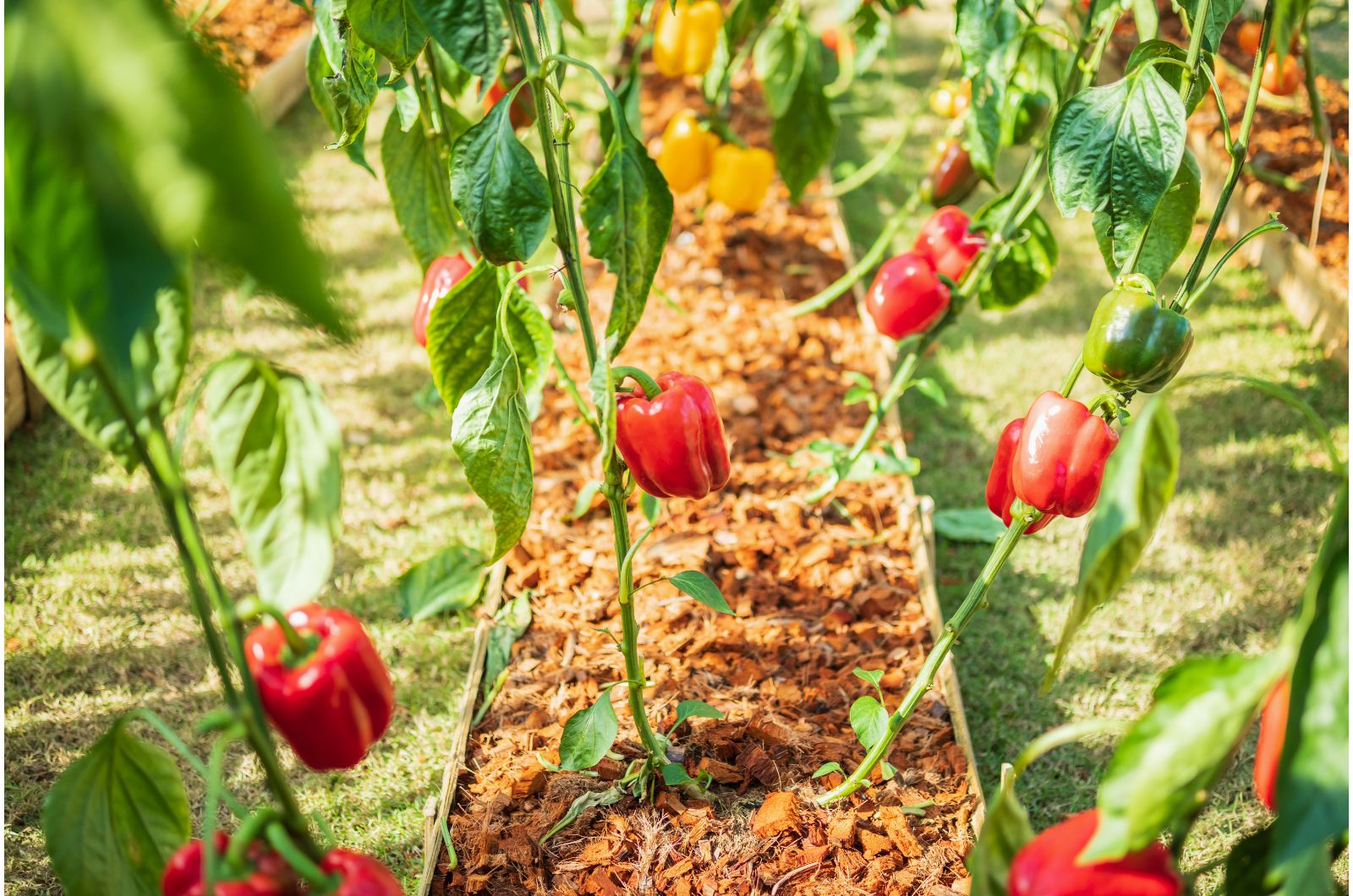The last time we saw an update in the USDA plant hardiness map was in 2012. That’s a long time, don’t you think?
Well, the end of 2023 has brought a new USDA hardiness map with it, and it changes how, what, and when we grow our crops.
It shows that nearly half the country has transitioned into a warmer climate!
I remember the time when I started to implement my fall garden ideas as early as mid-September. As time went on, the climate pushed the beginning of my fall chores to the end of September.
In recent years, I have had to wait until October to start my fall garden.
This year, I decided to do a little experiment. I planted two batches of carrots, one in September (as I did a few years back) and the other in October.
The first batch struggled a bit through the heat. By November, both batches were in the same developmental stage!
The good news is that we have the USDA hardiness map available at any time. It helps us recognize which perennials we can grow in our zones. Yet, we need to be aware of the changing zones.
Overall, the 2023 map is about 2.5 degrees warmer than the 2012 map across the conterminous United States, comments Christopher Daly, the lead author of the 2023 USDA plant hardiness map.
Daly made the new USDA map working together with the PRISM Climate Group at Oregon State University.
The latest map shows that most of Florida went half or even an entire zone up! Today, some areas near Orlando are zones 10a-10b. Set this side by side with a 2012 map, when Orlando was zone 9b. (1)
With all this in mind, can we say for sure that climate change is the only reason for warmer zones shifting farther north?
Well, it certainly is one of the reasons. But we also have about 60 to 70% more station data, this time, and also some improved mapping methods, which can lead to some zone changes that are not climatically induced, mentions Daly.
But there’s an obvious elephant in the room we need to address. These shifts have changed the crops we can grow. Warmer climates bring fewer cold days with them, affecting the plants that need a certain amount of chill hours in order to produce fruit.
Yet, they also bring something good to the table. Now you may not need to cover your fruit trees with a freeze cloth to protect them from cold temperatures!
However, even though rising temperatures can come in handy, they still worry me. In Florida, we had a couple of weeks of extreme heat that simply melted some of my plants.
Of course, there is something good coming out of this climate change.
The gorgeous Atala butterfly – up until recently only residing in southern Florida – is making a comeback further north in Florida. This is due to the increased planting of its host plants in Florida gardens. (2)
One of the host plants responsible for the return of the Atala is coontie – the only North America’s native cycad. Atala caterpillars feed on the cycad’s foliage and feed the soil with their fecal matter in return.
I’d like to finish off with a mental note to myself and a piece of advice for you. The climate will continue to change and will impact how, what, and when we grow our crops.
It is up to us to be more proactive and save the seeds of our heat-tolerant plants. They will provide us with plenty of food even in rising temperatures.
References:
1. Clyde Fraisse (n.d.). USDA Plant Hardiness Information. Florida Climate Institute.
2. Atala (2021). Florida Wildlife Foundation.

